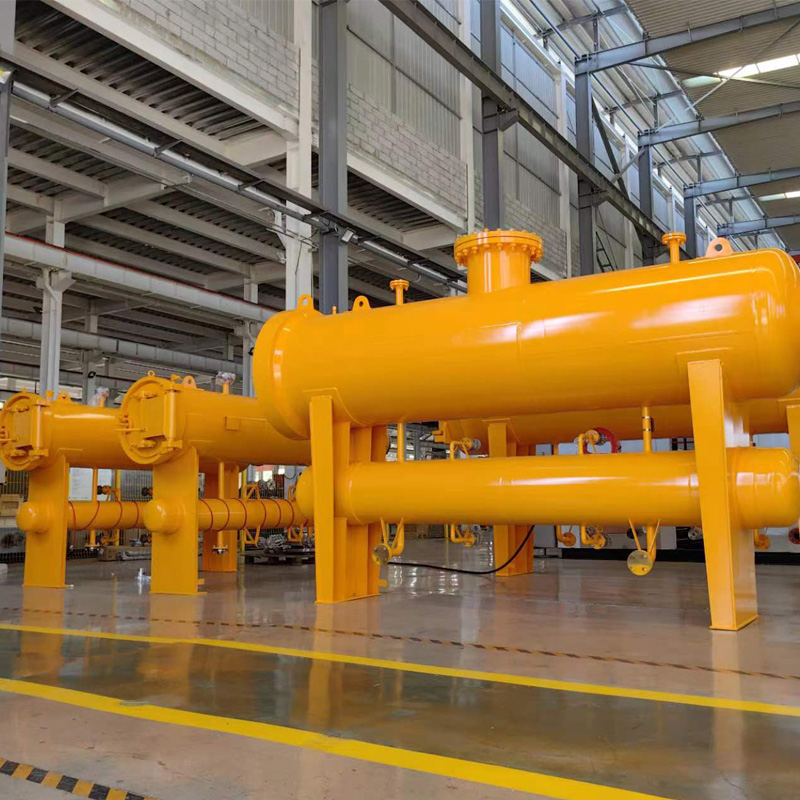
Jul . 30, 2024 05:11
Back to list
Gas Pressure Regulation Valve Ensuring Safe and Efficient Gas Flow Control Solutions
Understanding Gas Pressure Regulation The Role of Pressure Regulators
Gas pressure regulators are essential devices used in various industries, including residential, commercial, and industrial applications, to ensure the safe and efficient use of gas. These devices maintain the desired pressure level of gases throughout a system, preventing potentially dangerous situations that can arise from excessive pressure. This article explores the significance of gas pressure regulators, their working principles, and their applications.
What is a Gas Pressure Regulator?
A gas pressure regulator is a mechanical device that reduces the pressure of gas from a higher inlet pressure to a lower outlet pressure. It is designed to maintain a steady downstream pressure, regardless of fluctuations in the upstream pressure or variations in the gas flow rate. Regulators are commonly used with natural gas, propane, and other gaseous fuels, and they play a crucial role in safety and efficiency.
How Do Gas Pressure Regulators Work?
.
On the other hand, if the pressure drops below the set point, the spring's tension pushes the diaphragm down, opening the valve and allowing more gas to flow through, thus increasing the pressure. This continuous adjustment allows for a consistent and stable outlet pressure, essential for many applications.
صمام تنظيم ضغط الغاز

Applications of Gas Pressure Regulators
Gas pressure regulators are utilized in various applications, ranging from home heating systems to industrial processes. In residential settings, they ensure that gas appliances, such as ovens, heaters, and furnaces, receive the correct amount of gas pressure for optimal performance. Without these regulators, appliances could either perform poorly or become dangerously over-pressurized.
In industrial environments, where large volumes of gas are used, pressure regulators are critical for maintaining safety and operational efficiency. They are employed in processes such as welding, chemicals manufacturing, and food processing, where precise gas flow and pressure are vital for quality control and safety standards.
Safety Considerations
The safe installation and maintenance of gas pressure regulators are paramount. Regular inspections and servicing are necessary to ensure that these devices function correctly. Malfunctioning regulators can lead to hazardous situations, including gas leaks, equipment damage, and even explosions. Therefore, it is crucial to follow manufacturer guidelines and local regulations during installation and maintenance.
Conclusion
Gas pressure regulators are vital components of gas distribution systems, ensuring that gas is delivered at the correct pressure for various applications. They enhance safety, improve efficiency, and play a significant role in various industries. As technology evolves, the design and functionality of regulators continue to advance, creating even more reliable solutions for gas pressure management. Understanding their operation and importance can help users appreciate their role in daily life and industrial processes, reinforcing the need for proper installation and maintenance practices.
Latest news
-
Safety Valve Spring-Loaded Design Overpressure ProtectionNewsJul.25,2025
-
Precision Voltage Regulator AC5 Accuracy Grade PerformanceNewsJul.25,2025
-
Natural Gas Pressure Regulating Skid Industrial Pipeline ApplicationsNewsJul.25,2025
-
Natural Gas Filter Stainless Steel Mesh Element DesignNewsJul.25,2025
-
Gas Pressure Regulator Valve Direct-Acting Spring-Loaded DesignNewsJul.25,2025
-
Decompression Equipment Multi-Stage Heat Exchange System DesignNewsJul.25,2025

